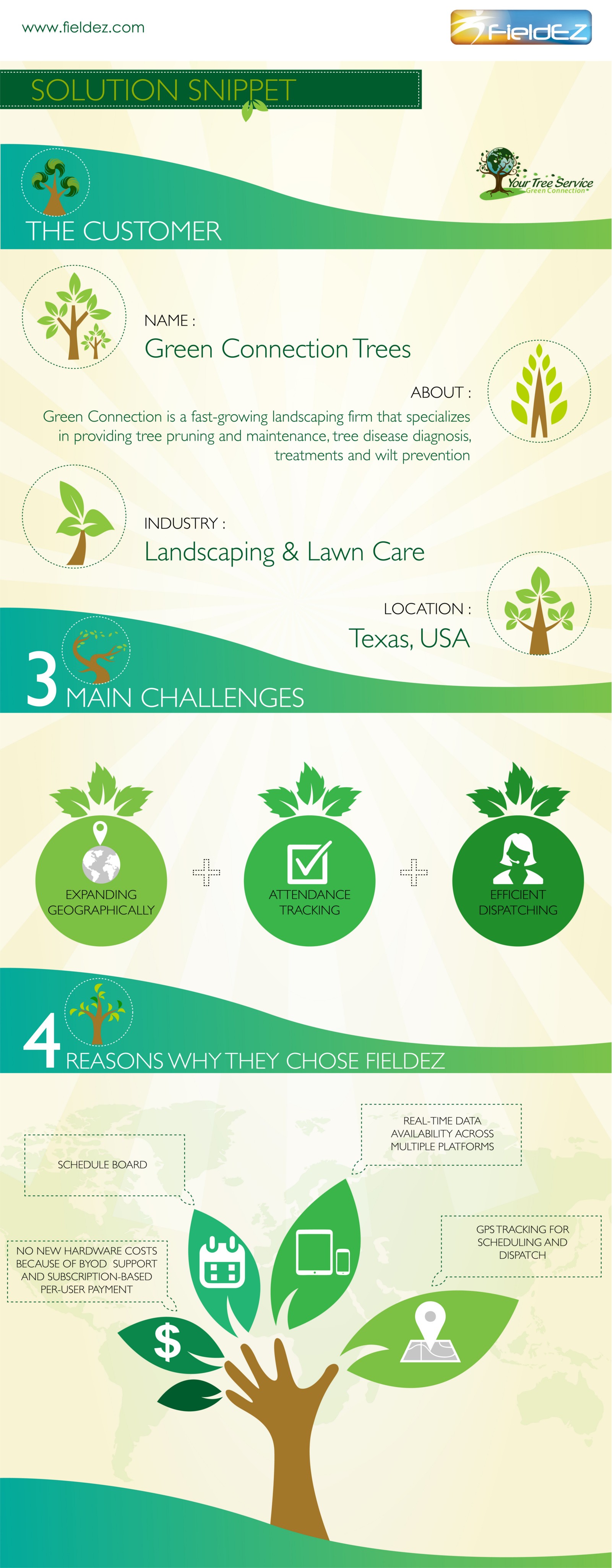Hints That Suggest Tree Elimination: Exactly How To Spot Hazardous Trees
Hints That Suggest Tree Elimination: Exactly How To Spot Hazardous Trees
Blog Article
Content Develop By-Harrell Malling
When it comes to tree care, recognizing the indications that it's time for removal is vital for your safety and security and building. You might discover tarnished fallen leaves, wilting branches, or weird fungal developments showing health issue. Structural problems, like a considerable lean or fractures in the trunk, can additionally posture risks. Comprehending these indication can help you make informed choices regarding your trees and avoid potential threats prowling in your yard. What should https://howtoremoveshrubsandroots40517.actoblog.com/35990012/tree-stump-elimination-efficient-techniques-for-a-safe-and-thorough-lawn-cleanup look for next?
Indicators of Decay and Illness
When you see indications of decay and disease in your trees, it's crucial to act swiftly. Seek stained leaves, wilting branches, or uncommon growths like fungi. These can indicate that your tree is having a hard time.
If you see cracks in the bark or soft, mushy timber, these signs suggest inner degeneration. In addition, an abrupt boost in parasites around your tree can indicate that it's deteriorated and at risk.
Look for any type of dead or passing away limbs, as they position a danger to your residential property and safety and security. If you're uncertain regarding what you see, speaking with an arborist can provide quality.
Dealing with https://igin.com/article-7975-The-top-4-landscaping-trends-for-2020.html can save you from a lot more extensive damage and ensure the health of your backyard. Don't wait till it's far too late.
Structural Instability and Leaning
As you observe your trees, watch out for any type of indications of structural instability or leaning. If a tree leans considerably, it may indicate that the root system is endangered.
Look for any fractures in the trunk or soil around the base; these can signify potential failure. Additionally, check for unusual growth patterns, like a lopsided crown, which might suggest that the tree is having a hard time to hold itself upright.
If you see that the tree leans toward your home, power lines, or various other frameworks, it presents a higher threat. Don't neglect these indicators-- seek advice from an arborist to analyze the circumstance.
Acting early can prevent costly damages and ensure your security.
Dead or Dying Branches and Foliage
If you notice dead or dying branches and foliage on your tree, it's a clear indication that something's wrong.
These unhealthy locations can suggest underlying problems like disease, parasite infestations, or ecological stress and anxiety. When branches lose their leaves or turn brown, they're no more contributing to the tree's health and wellness. Neglecting these signs can cause more decline, making your tree extra hazardous.
Dead branches can conveniently break off during storms, positioning a danger to home and individuals close by. It's important to analyze the level of the damage.
If the problem affects a significant part of the tree, think about speaking with a professional. They can help figure out if elimination is needed to guarantee safety and maintain the beauty of your landscape.
Conclusion
If you discover any signs of degeneration, architectural instability, or dead branches on your trees, don't overlook them. These signs can present significant security dangers to you and your building. It's constantly best to speak with a professional arborist who can give a specialist evaluation of your trees. Doing something about it early can stop crashes and costly damage, guaranteeing your landscape continues to be safe and healthy. Remember, it's much better to be aggressive about tree treatment than to wait for a disaster to happen.
